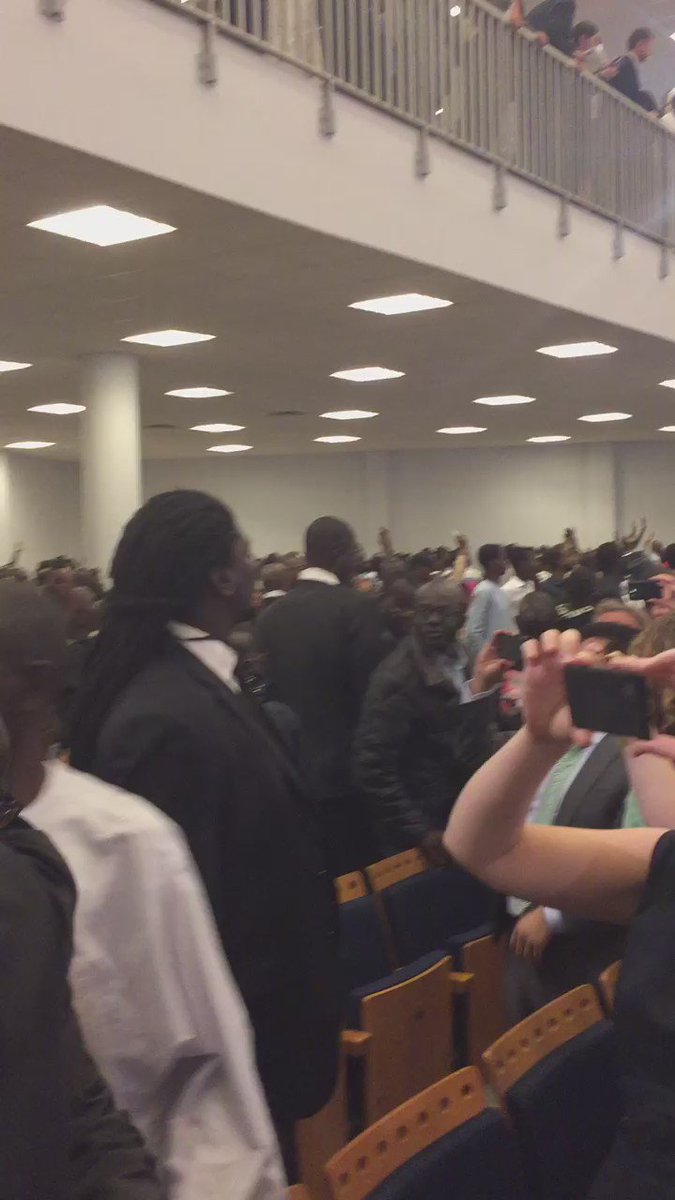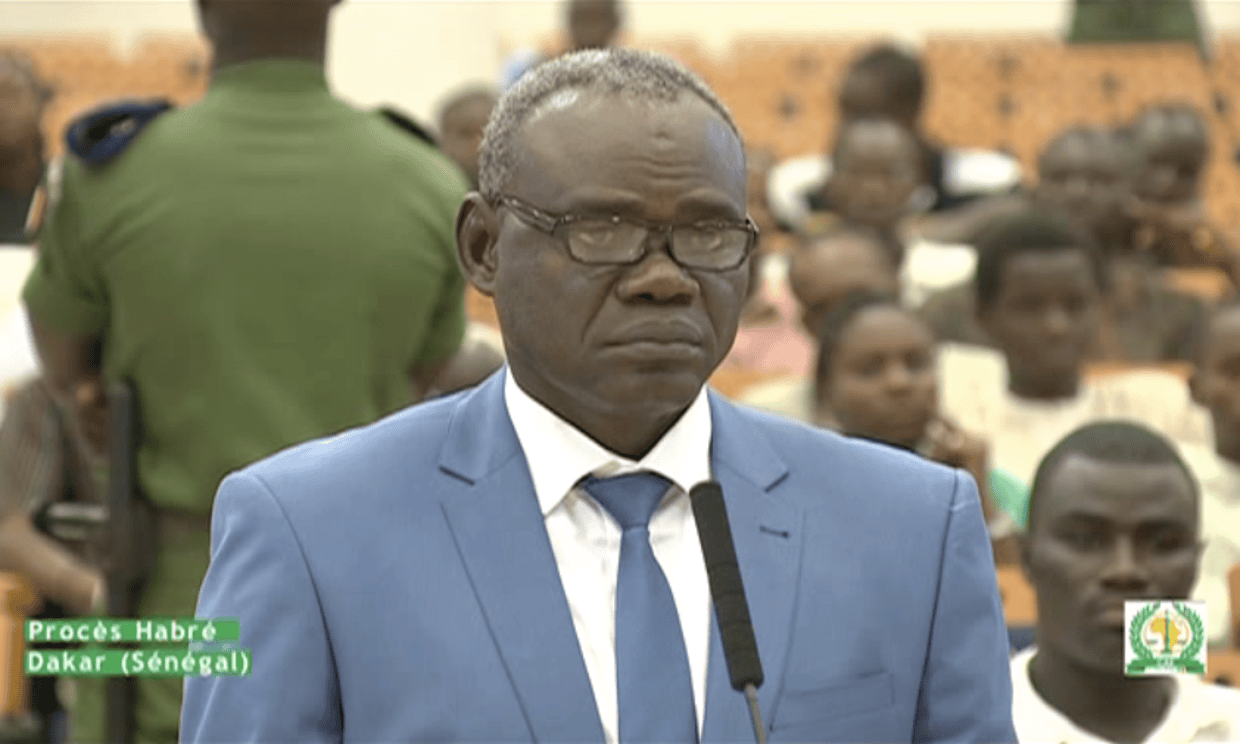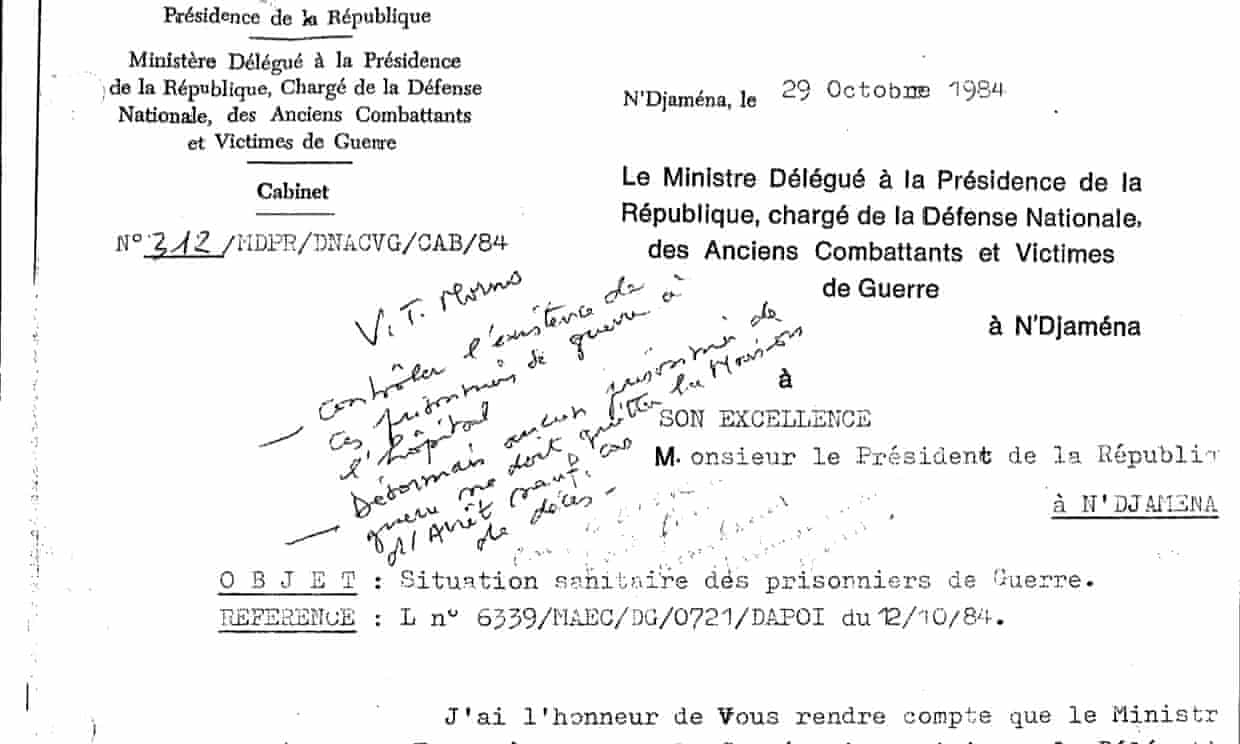31 May 2016 – The White House has reaffirmed its commitment to the US Magnitsky Act in a strongly-worded response to a petition posted on the White House website in April 2016 by an anonymous “R.T.” calling for the repeal of the US Magnitsky Act.
“More than six years after his [Magnitsky’s] death, we remain disturbed by the impunity for this and other violent crimes against activists, journalists, and the political opposition. We are also concerned by the growing atmosphere of intimidation toward those who work to uncover corruption or human rights violations in the Russian Federation,” said the White House in its statement in response to the petition.
The White House reiterated its position on the Magnitsky Act expressed earlier by the U.S. State Department:
“The Administration intends to carry out and fully implement the Magnitsky Act. It reflects our support for human rights and that those responsible for human rights abuses should be held to account…That’s what the act says; that’s what we intend to do.”
The White House said that individuals added to the U.S. Magnitsky sanctions list in February 2016 “play significant roles in the repressive machinery of Russia’s law enforcement systems,” and their inclusion was effected “after extensive research, including consultations with Russian and/or international civil society.”
“Efforts to implement the Magnitsky Act have so far resulted in a significant list of individuals responsible for Magnitsky’s death and subsequent cover-up, as well as others responsible for gross human rights violations. The list promotes accountability for their actions,” said the White House in its online response to the petition.
The anti-Magnitsky petition was a latest in a series of propaganda and intimidation attempts by the Russian government and its proxies since the beginning of the year to overturn the Magnitsky Act in the US and prevent its passage in Canada and Europe.
These initiatives were launched by Russian Foreign Affairs Minister Sergei Lavrov at a January 2016 press conference where he alluded to new developments in the Magnitsky case. Since then, the Russians set up an anti-Magnitsky Act NGO in Delaware called the Human Rights Accountability Global Initiative Foundation. This newNGO is being represented by Natalia Veselnitskaya, the Russian lawyer for alleged money launderer Denis Katsyv, whose companies are suspected by the US Justice Department and the Swiss General Prosecutor of receiving proceeds from the US$230 million crime Sergei Magnitsky had uncovered.
Another anti-Magnitsky initiative included two anti-Magnitsky propaganda films. The first one was aired in April 2016 in Russian language on the main pro-Kremlin Russian TV station. It claimed the discovery of a CIA plot to murder Sergei Magnitsky in Moscow detention in order to blame his death on the Russian authorities. To authenticate the purported CIA plot, the Russians forged CIA documents and retained Andrew Fulton, a former UK diplomat, who now chairs GPW, a private spy firm in London, to sign a report “verifying” the Russian-produced documents as genuine CIA documents.
The second anti-Magnitsky propaganda film was produced for a Western audience by filmmaker Andrei Nekrasov, who claims Sergei Magnitsky was not beaten in custody and was not a whistleblower despite publicly available evidence to the contrary. Nerkasov’s film bases its assertions on statements from ex-Russian Interior Ministry officers Karpov and Lapshov, both sanctioned by the US Government for their role in the Magnitsky case.
U.S. President Obama signed the Sergei Magnitsky Rule of Law Accountability Act of 2012 into law on December 14, 2012. In February 2016, U.S. Secretary of State John Kerry submitted to Congress the third annual report outlining the U.S. Government’s actions to implement the Magnitsky Act, and a new list of persons added to the Magnitsky sanctions list.
“Despite widely-publicized, compelling evidence of criminal conduct resulting in Sergei Magnitsky’s detention, abuse, and death, Russian authorities have failed to bring to justice those responsible. This law [Magnitsky Act] holds Russians accountable for their roles in the Magnitsky case or their responsibility for certain gross violations of human rights,” said the White House in its statement.
For further information please contact:
Justice for Sergei Magnitsky
+44 207 440 1777
e-mail: info@lawandorderinrussia.org
https://twitter.com/Billbrowder
White House online response to the petition







